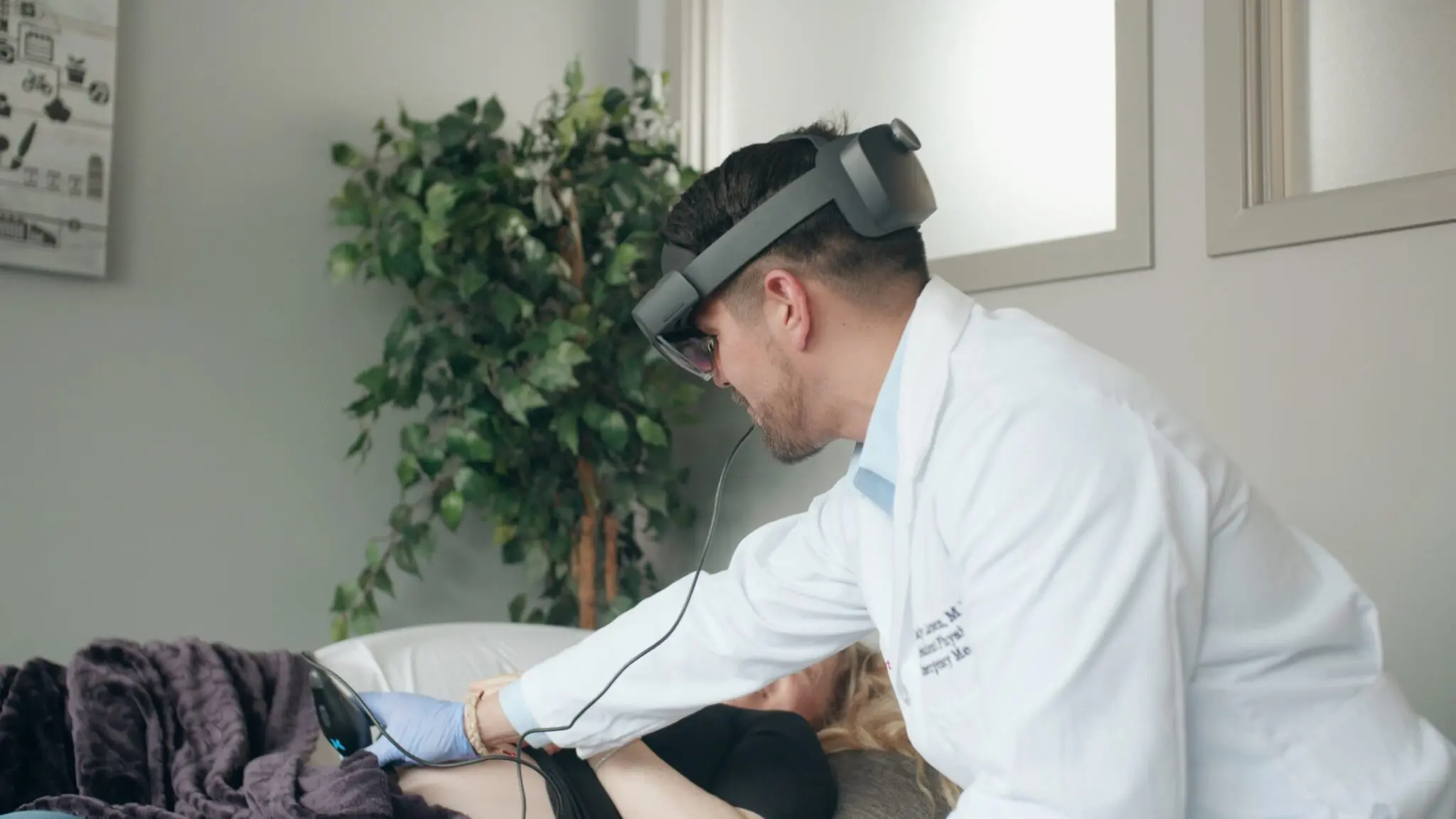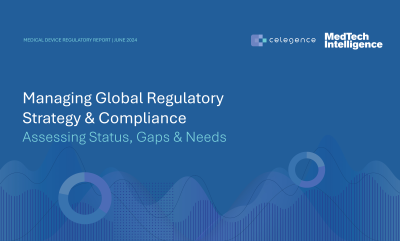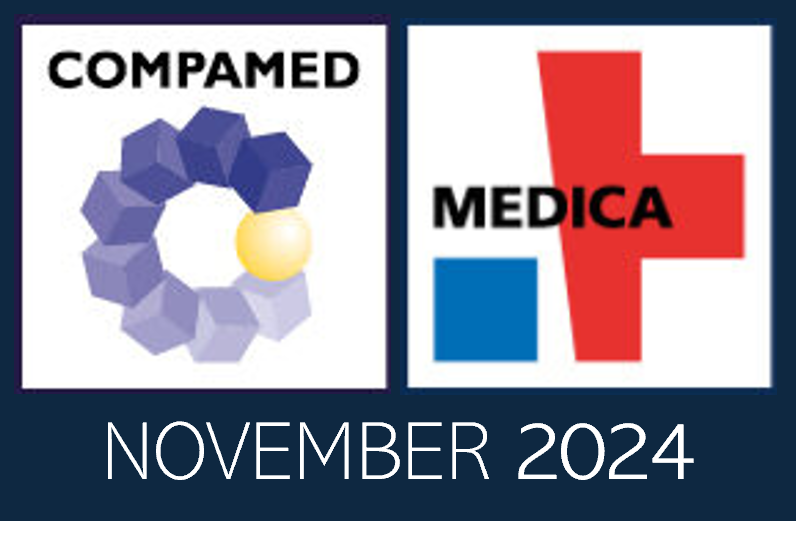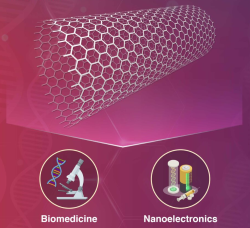

Harnessing the power of big data from medical device software offers real-time monitoring, predictive analytics, and personalized treatment plans, significantly enhancing the doctor to patient relationship as well as patient outcomes.

Harnessing the power of big data from medical device software offers real-time monitoring, predictive analytics, and personalized treatment plans, significantly enhancing the doctor to patient relationship as well as patient outcomes.

AI and real-time data enhance care efficiency and access. And with healthcare workers in short supply, the rapid advancements in AI, IoMT, and related innovation offer patient access freedom, enhanced care delivery, and better outcomes.

AI has the ability to revolutionize the medical landscape, but to enable this, Quality Engineering is critically important.

An April 2024 survey of medical device regulatory professionals illustrates potential regulatory fatigue. See how resource constraints, ever changing global policy, and an underutilization of technology/digital process are impacting internal burden and fatigue and where implementing new regulatory strategies, upgrading organizational expertise, adding outsourced regulatory services are helping teams cope.

Five startups selected to participate in Memphis area Accelerator following The comprehensive 13-week go-to-market program is specifically designed to support medtech startups through essential business development stages.

The MDIC Annual Public Forum 2024 kicked off this week with experts from the National Evaluation System for health Technology (NEST), the Centers for Medicare and Medicaid Services (CMS), and the FDA. Topics included the future of real-world evidence (RWE) and the integration of AI into the healthcare ecosystem and how can we leverage emerging technologies to bring innovative and safer solutions to patients.

MedTech organizations need to focus on the human factor of change and achieve top-down alignment, buy-in, accountability, and clear communication along the way.

MEDICA 2024 and COMPAMED 2024 trade fairs in Düsseldorf, Germany attract more than 6,000 exhibitors from about 70 countries. These events are globally unique information and business platforms for the entire value chain of medical technology systems and products – including development and manufacturing. MEDICA and COMPAMED will take place from November 11 – 14, 2024.

Single-walled carbon nanotubes (SWCNTs) hold promise for biomedicine and nanoelectronics, yet the functionalization with single-stranded DNA (ssDNA) remains a challenge. In a new study, researchers from Korea functionalized SWCNTs using high-affinity ssDNA sequences identified through high-throughput selection. They demonstrated the effectivity and stability of these constructs using molecular dynamics simulations. Machine-learning models were used to accurately predict patterns that govern ssDNA-SWCNT binding affinity. These findings provide valuable insights into the interactions between ssDNA and SWCNTs.

CitiusTech Senior VP and Market Head, Healthcare Providers, John Squeo, shares five game-changing shifts that will redefine the future of US healthcare and unlock a more streamlined, accessible and patient-centric system.